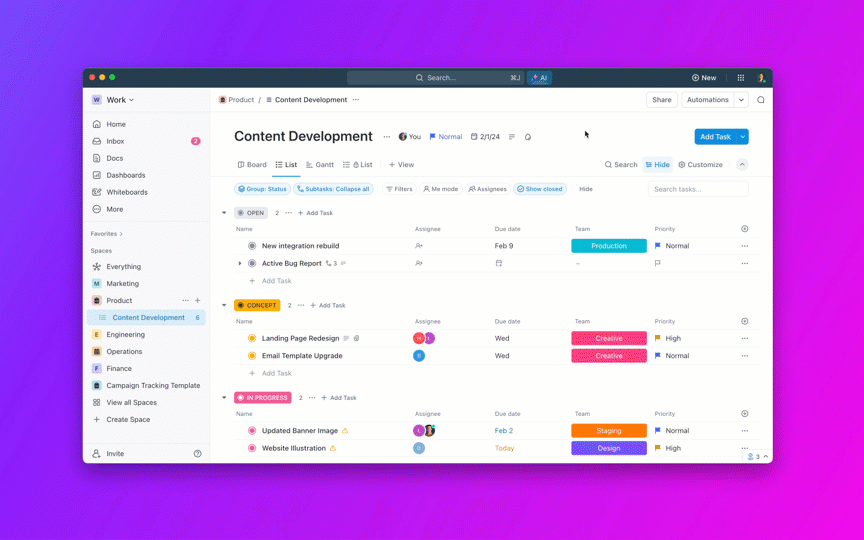Can a decentralized exchange really offer full compliance, cross-chain access, and no KYC all at once? That is the claim Polyester is making, and the market is watching closely. As the divide between centralized and decentralized finance narrows, Polyester positions itself as a hybrid model, retaining the composability and permissionless nature of a DEX while integrating the regulatory scaffolding usually associated with centralized platforms.
Its architectural foundation has been built with both legal clarity and infrastructure in mind, distinguishing it from the many clones and forks that populate DeFi. The stakes are higher than ever. Institutional capital is increasingly exploring on-chain rails, while retail users demand lower barriers to entry and broader token access. Polyester is entering this high-stakes environment with a claim: that it can meet the demands of both groups on a single platform.
Polyester’s Core Premise: DEX Performance Without the Friction
Polyester is a decentralized exchange (DEX) that allows users to trade across multiple blockchains without requiring bridges. Most DEXs today rely on third-party or native bridges, which introduce delays and risks. Polyester uses a proprietary “Asset Wrapping Layer” called Zipper, enabling deposits from chains like Ethereum, Solana, and Polygon to be recognized on its native Fabric blockchain instantly.
To understand this, imagine wrapping a gift: Zipper wraps tokens into a form that can be used natively on the Fabric chain. This eliminates the need to move assets manually between networks, which typically introduces hours of delay and exposure to bridge hacks. For users, this means real-time trading without waiting for confirmations or token swaps across different platforms.
The ability to avoid bridges while maintaining true cross-chain functionality makes Polyester’s infrastructure distinct. Few other DEXs are attempting this at scale.
Regulatory Compliance Without Sacrificing Access
One of the most unique aspects of Polyester is its compliance-first approach. While many decentralized protocols operate in legal gray zones, especially in the U.S., Polyester claims to be fully compliant for spot trading in the United States.
This does not mean Polyester requires Know-Your-Customer (KYC) procedures. In fact, it offers a no-KYC experience for users, because it focuses only on spot markets and avoids custodial operations. U.S. regulators often consider perpetuals and derivatives higher risk, but spot trading, buying and selling tokens without leverage, is more lightly regulated.
The practical implication: U.S. users, often locked out of top DEXs or forced to rely on VPNs, now have a legal, fast alternative.
Speed and Scale: Polyester’s EsterEngine and Fabric Chain
Polyester does not run on Ethereum or Solana directly. Instead, it is built on Fabric, a Layer 1 blockchain optimized for DeFi and AI integrations. Transactions happen on-chain but with speeds comparable to centralized exchanges, thanks to Polyester’s execution layer called EsterEngine v0.4 “Leather.”
EsterEngine is designed for low-latency, high-frequency trading. In practical terms, this means users can place and cancel trades, and execute orders with the kind of responsiveness expected from centralized exchanges like Binance or Coinbase, but without custodial risks.
To understand the significance, consider a typical DEX transaction on Ethereum: the order may take several seconds or even minutes depending on gas fees and network congestion. Polyester reduces this to milliseconds, according to early testnet reports shared in Discord communities.
Built for Traders, Not Just Developers
Unlike many DEX interfaces that mimic developer dashboards, Polyester has a trader-first UI. Features include:
- No gas fees
- Sub-accounts
- Isolated and cross-margin options
- API access for bots and market makers
- On-chain reserves for full transparency
This mirrors a centralized exchange experience while preserving DEX principles.
An example of its real-world impact: A user trading Solana for USDC could execute a spot trade on Polyester directly from a MetaMask wallet without ever touching a bridge, paying gas, or handing over identity information.
This seamless UX may attract both degens and institutional players who need compliance and performance.
Institutional vs Retail Traders: Why Both Are Watching Polyester Closely
Institutional adoption in DeFi has been hindered by legal ambiguity, fragmented liquidity, and a lack of transparent trade execution. Polyester addresses these pain points directly by launching with built-in compliance for U.S.-based spot trading. This includes legal vetting for asset listings, trade transparency via on-chain settlement, and reserve proofs that can be independently verified. These features are essential for hedge funds, quant desks, and digital asset firms looking to execute large volume trades without relying on intermediaries or risking regulatory fallout.
Polyester’s execution engine—EsterEngine v0.4 “Leather”, has been designed for ultra-low latency. For institutional players running high-frequency strategies, latency and determinism in trade settlement are critical. On traditional DEXs like Uniswap, slippage, MEV exposure, and block finality times can introduce friction. Polyester attempts to eliminate these inefficiencies by running directly on the Fabric L1 blockchain, which is optimized for DeFi throughput and asset wrapping. With a deterministic execution layer and high TPS (transactions per second), Polyester brings CEX-level infrastructure to a DEX environment.
Retail users, on the other hand, face a different set of challenges. Bridging tokens across chains is often error-prone, time-consuming, and expensive. Polyester eliminates this step through Zipper, its cross-chain asset wrapping layer. Users can deposit ETH, SOL, or MATIC directly without interacting with separate bridges. Furthermore, there is no KYC requirement for accessing the platform, and trades are gas-free for the user, thanks to native Fabric-level transaction subsidies.
This means a retail trader with a $50 portfolio and an institutional desk trading $5 million in volume can both operate on the same platform, under the same rule set, without compromising on performance or compliance. It is an unusual design goal in DeFi, and its success depends on whether Polyester can sustain liquidity and uptime while managing legal oversight at scale.
The design appears intentional. Polyester is not simply a retail-first product that hopes to onboard institutions later, nor is it an institutional platform retrofitted for retail access. Instead, it begins with both in mind. That alone sets it apart in a crowded DEX market.
The Team Behind the Code
Polyester is backed by well known investors from legal, fintech, and political sectors. Polyester’s developers previously built one of the most-used games on Base Network, giving them credibility in high-performance blockchain applications.
The team’s background in game development is not incidental. Real-time game mechanics often require state changes at scale, something most blockchains are not designed for. That same expertise is now being applied to real-time trading, where transaction throughput is a critical factor.
My Opinion and Final Thoughts
From a cybersecurity and smart contract risk perspective, Polyester’s approach is intriguing. Bridgeless cross-chain interaction lowers one of the largest attack vectors in DeFi: bridges. However, the use of a wrapping layer like Zipper will need robust audits, especially as it interacts with multiple chains and wraps native tokens into another environment.
Moreover, compliance without KYC is not a loophole, it is a calculated decision based on current U.S. law around spot markets. But it is also a fragile strategy. If regulators shift their stance, Polyester could face scrutiny despite best intentions. From a product angle, the absence of gas fees, instant settlement, and full transparency could mark a significant shift for both novice and advanced traders. If the waitlist demand translates into real liquidity and user retention, Polyester may achieve what many others have failed to deliver: a truly user-friendly, legally sound DEX.
Polyester is not just another fork or rebrand. Its technical stack, regulatory posture, and trader-centric design mark it as a serious entrant in the DEX ecosystem. Whether it can scale and sustain that vision remains to be seen.
Don’t forget to like and share the story!
Vested Interest Disclosure: This author is an independent contributor publishing via our












